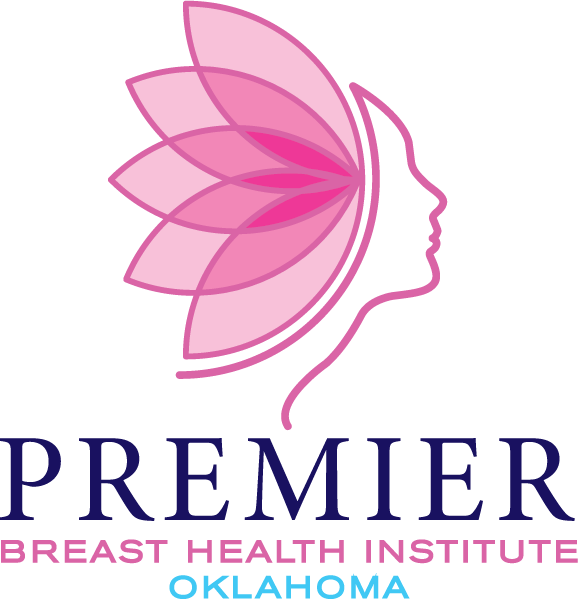Mammograms: Essential Insights for Effective Breast Care
In Oklahoma and around the world, many women have discovered a crucial tool for maintaining their breast health. These special X-ray exams, which offer essential insights into breast tissue, have proven to be a lifesaver for countless individuals. Early detection of breast cancer is the key to effective treatment and improved survival rates. The method we're talking about, known as a "mammogram," is a simple yet powerful screening technique that can detect breast cancer before any noticeable signs or symptoms emerge.
Understanding the Effectiveness of Mammograms Compared to Screenings
Screening vs. Diagnostic Mammograms
It's important to understand the two main types of mammograms: screening and diagnostic. Screening is a routine check-up for those without symptoms, aiming to spot cancer early. It is generally quick, taking about 10 to 15 minutes. In contrast, diagnostics are more thorough. They are used when a screening shows something unusual or if there are symptoms like a lump or pain. These provide more detailed images and yield results the same day, ensuring prompt follow-up.
Types of Mammograms
Two primary mammography types are used in breast care centers in Oklahoma: 2D and 3D mammograms. The 2D version captures flat images of the breast, while the 3D version, also known as digital breast tomosynthesis, takes multiple images from different angles, offering a more comprehensive view. That can be especially helpful in examining dense breast tissue, where abnormalities might be more challenging to spot.
Balancing Benefits and Concerns
While mammograms are invaluable in breast health, it's important to be aware of their risks. The primary concern is exposure to low-dose radiation. However, for most people, the benefits of detecting cancer early far outweigh the risks associated with this minimal exposure. It's a small but necessary risk to facilitate early detection and effective treatment.
Tailoring to Individual Needs
How often you should get this test depends on several factors, including age, family history and overall risk for breast cancer. Typically, annual mammograms are recommended for women over 40. Those with higher risks might need to start earlier or have them more frequently. Consulting with a healthcare provider is the best way to determine an appropriate schedule.
Simple Steps for a Smooth Experience
To ensure a hassle-free experience during your mammogram, consider these recommendations: Choose comfortable attire, preferably a two-piece outfit, as you'll be required to undress from the waist up. It's advisable to avoid using deodorants, powders or lotions on the day of your examination, as these substances may affect the quality of the images. Additionally, try to schedule your appointment at a time when your breasts are less likely to be sensitive, typically after your menstrual period has passed. These simple steps can contribute to a smoother and more effective procedure.
What the Results Mean for You?
Mammogram results are typically categorized as normal or abnormal. A normal result means no signs of cancer were found. An abnormal result, however, may necessitate further tests like additional imaging or a biopsy. It's important to remember that not all abnormalities are cancerous. Discussing your results with a healthcare provider is crucial for understanding what they mean and what steps should be taken next.
Mammograms in Treatment Planning
Mammograms don't just help in detecting breast cancer; they're also vital in planning treatment. They provide information on the size and location of the cancer, influencing decisions about surgery and other treatments. For example, a small, localized cancer might be treatable with a less invasive procedure. They're also used to monitor how well treatments are working.
The Importance of Regular Mammograms
Regular mammograms are a key part of breast health. They can catch cancer early, when it's most treatable and offer peace of mind when results are normal. Don't hesitate to talk to your healthcare provider in Oklahoma or wherever you are about when to start and how often to have this exam. Remember, taking this step is an act of self-care and empowerment in your health journey.
Your Journey to Optimal Breast Health Begins Here
Are you ready to take control of your breast health? At the Premier Breast Health Institute of Oklahoma, we're dedicated to your well-being. Our expert team is here to guide you through the importance of mammograms in Oklahoma and provide personalized care tailored to your unique needs. With state-of-the-art technology and a commitment to early detection, we're your trusted partner in breast cancer prevention.

